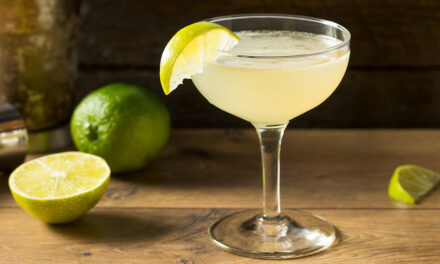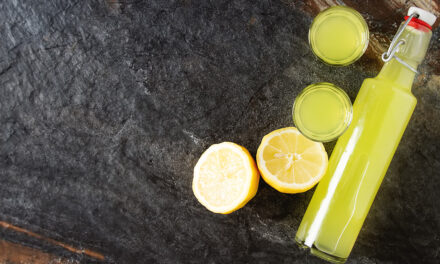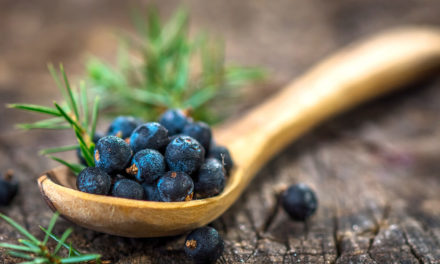Bitter and sweet, mellow and robust, amaro is in a class by itself. This Italian liqueur, which literally translates as “bitter,” can play a variety of roles in a cocktail, from an intriguing dash of spice to a showstopping main event. While Amaros can best be learned by tasting them, we hope this post will help you learn a little bit more about these intriguing spirits.
What Is Amaro?

Amaro is considered a digestif, as it is often consumed after a meal to aid in digestion. Though it resists classification, an amaro is a distinctly Italian bitter created by macerating a blend of herbs, flora, citrus, and other botanicals with alcohol or a wine base. Amari, plural, are then sweetened and aged, often for several years, in casks. Though amaro is often described as a bittersweet liqueur, that doesn’t quite capture the truly versatile nature of this captivating spirit.
History of Amaro
Like many libations and liqueurs that live behind the bar today, amaro traces its origins as a medicinal curative noted for easing digestive complaints. Produced by monks in Italian abbeys since the time of Charlemagne, some brands, including Amaro di Sant’Antimo, are still aged, bottled, and sold in Tuscan monasteries today. Credited with everything from cured plagues to minor miracles, this digestif amaro is famed for an earthy artichoke essence thought to balance the heaviness rich Italian cuisine.
How To Drink Amaro
Amaro can be consumed by itself as an after-dinner sipper as is the case in Italian culture, or as an accompaniment to a base spirit in a ton of different cocktails. To enjoy it alone, pour an ounce or two of amaro into a rocks glass and top with lots of ice, then add an orange zest or peel to tone down the bitterness, if desired. To use in cocktails, try it as a replacement for vermouth in a Manhattan, or for a quick spritz, top it with tonic or soda water
What Does Amaro Taste Like?
As with other varieties of bitters, each brand of amaro is distinguishable by its unique blend of herbs and botanicals. From roots and flowers to barks and citrus, a wide variety of plants are used to provide a base in amaro. Seasoned palates will detect notes of flora in different amari, including gentian, mint, juniper berry, and lemon verbena. Savory herbs like sage and thyme are also featured in a number of amaro brands, lending depth and aroma to the liqueur. Characterized by their bright, vibrant scents and generally low alcohol content, amari bring a lot to a cocktail whether they are being used as seasoning or the primary spirit.
Amaro Variations & Brands

While there is no formal system for categorizing amari, they are loosely classified by the strength of their flavors. Lighter amari are known as apertivi, because these liqueuers are typically enjoyed before dinner or in the afternoon. Known for pairing beautifully with sparkling wines and seltzers, apertivi cocktails feature some of the most famous amari. Aperol, the key ingredient in the ever-refreshing summertime hero, the Aperol Spritz, offers a bright and revitalizing burst of bittersweet citrus that is perfect when the temperature soars. This effervescent cocktail pairs the bright orange Aperol amaro with prosecco and a splash of soda water, served over ice and garnished with an orange wedge.
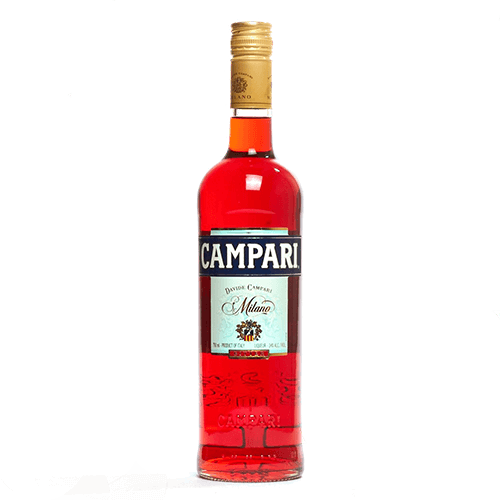
Another well known apertivi amaro and the secret weapon in a few of our favorite cocktails is Campari. Spicy, bitter, and sweet, this ruby red amaro is light enough to serve in the afternoon in a spritz, though it also packs a punch in heavier cocktails like a Negroni. Paired with equal parts gin and vermouth, the Negroni–much like its cousin, the Americano–gives the robust, sweet-bitter citrus bite of Campari an opportunity to shine. Though Campari has been around since the 1860s, this amaro has enjoyed a resurgence in popularity over the past two decades.
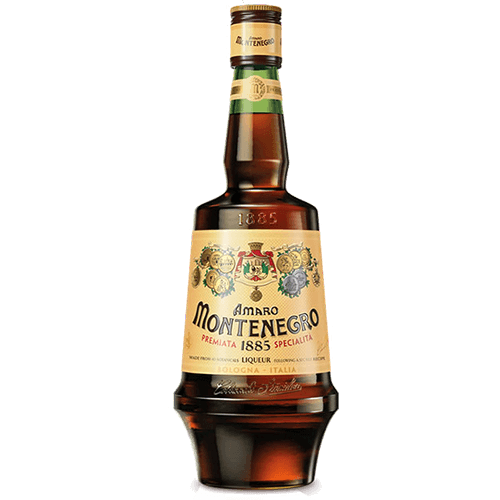
Other varieties of amaro tend to be heavier or more extreme in their flavor profile, which is why they serve as digestifs. Light amari from brands like Amaro Montenegro and Amaro Nonino Quintessentia, a grape distillate with notes of caramel and allspice, are fairly mellow, but still stronger in their sweetness and bitterness than their apertivi counterparts. Medium amari, like Amara Averna, are even more full-bodied, with flavors of licorice and myrtle resonating deeply.
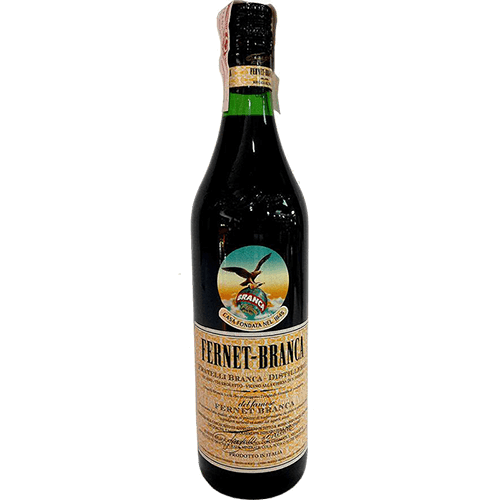
Dense amari, like Fernet-Branca, are the boldest. Though they are often described as an acquired taste, these deeply bitter and spicy amari are quickly becoming the darlings of the cocktail world. While it may sound like a witch’s brew of myrrh, saffron, and chamomile, like all amaro, we assure you it’s worth a try.


